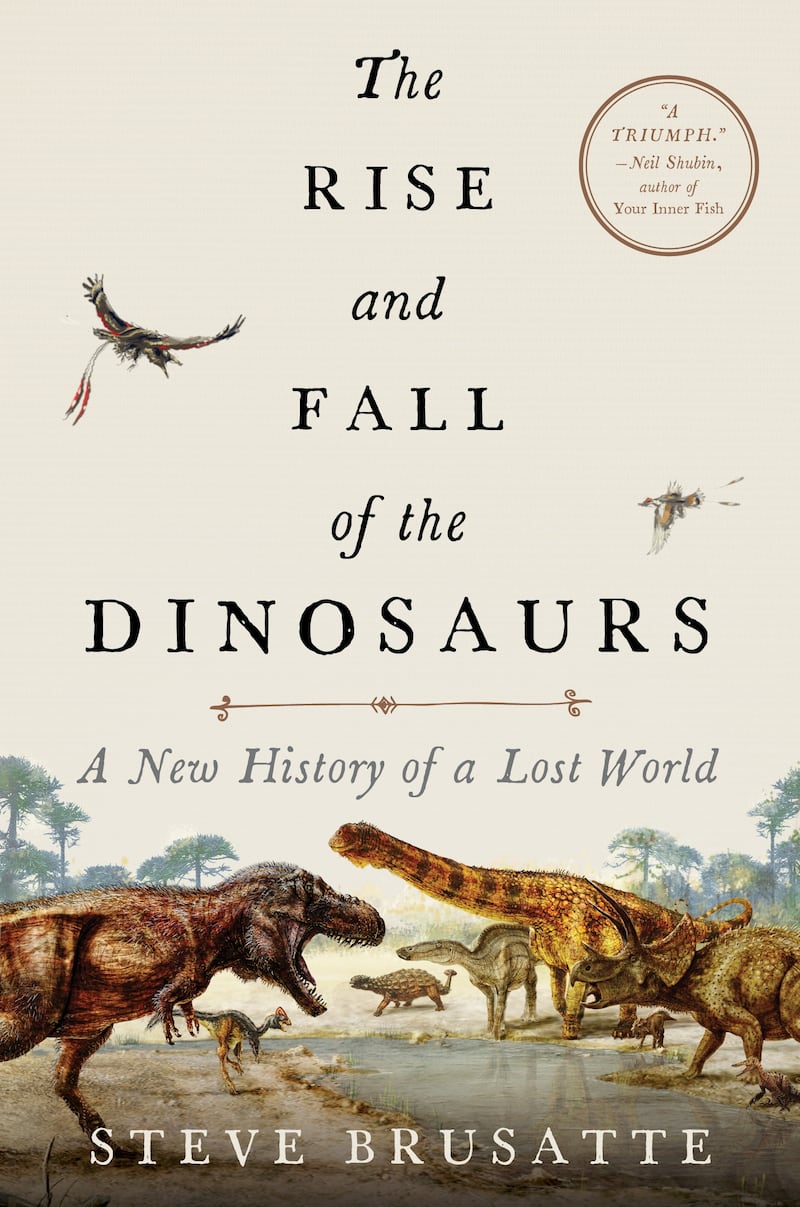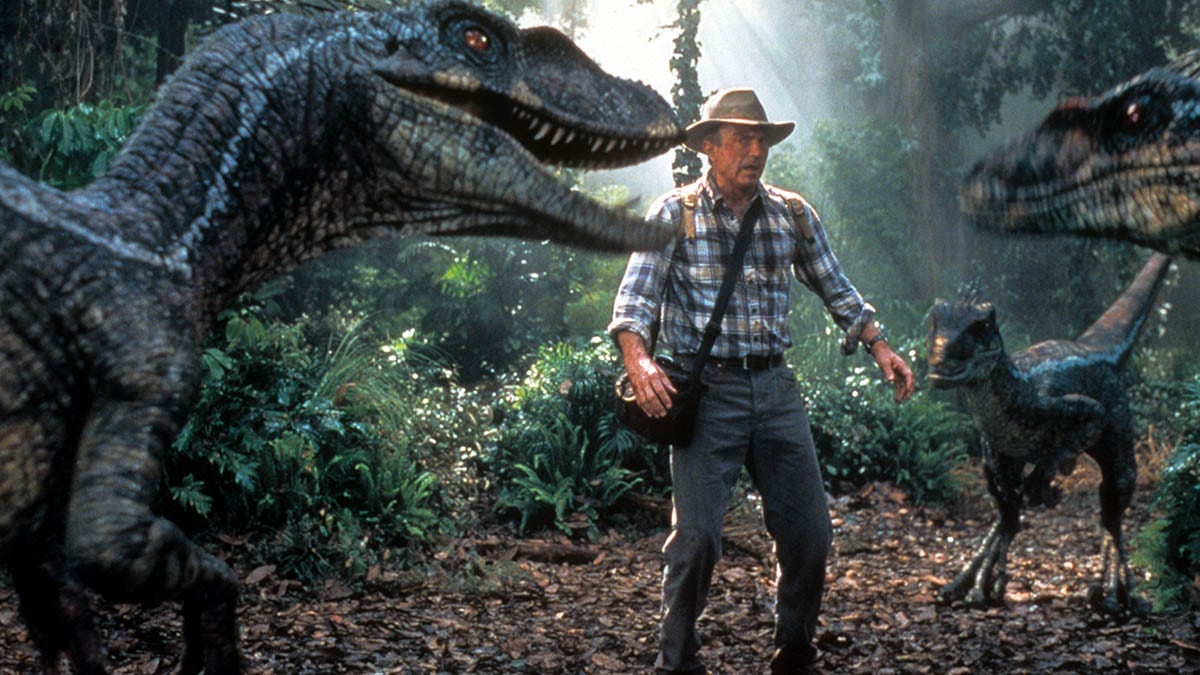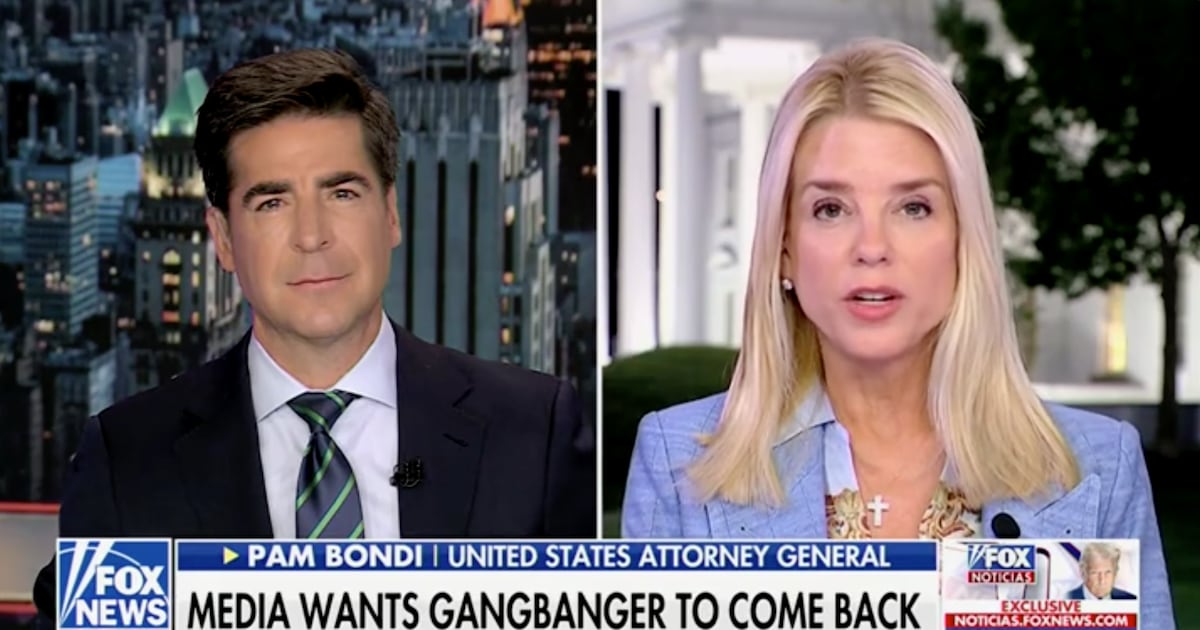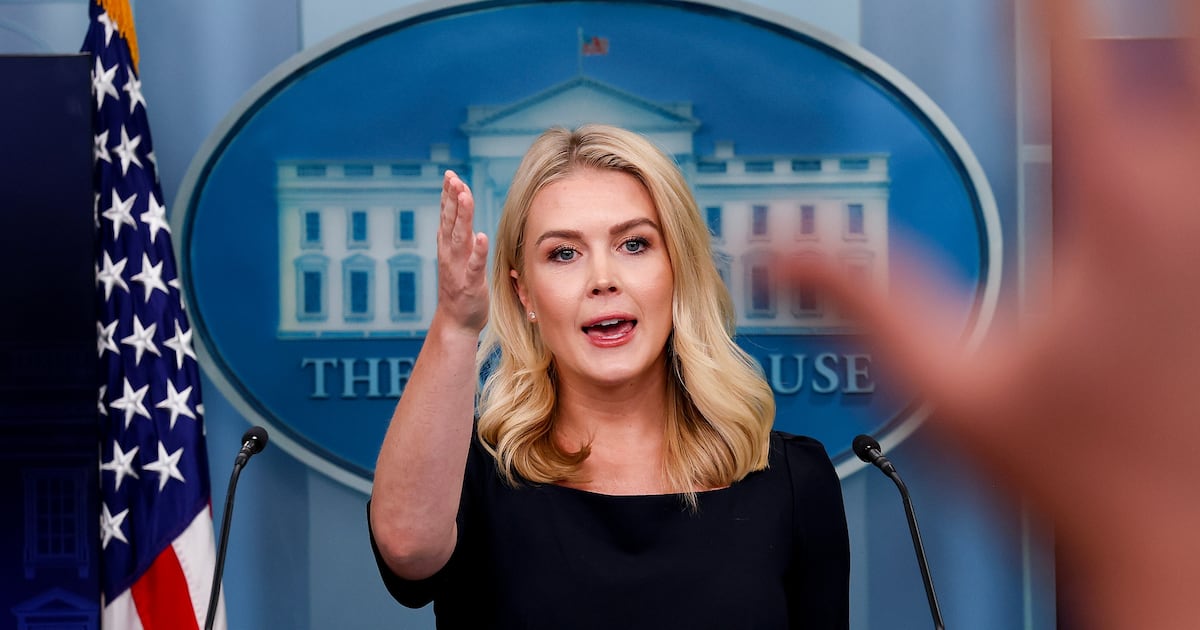Without giving away too much of the plot, let’s just say that Jurassic World: Fallen Kingdom—the newest installment of the Jurassic Park franchise, recently released—involves a whole lot of dinosaurs running amok, terrorizing humans.
It’s all good sci-fi fun, but it does raise a question that I get often as a paleontologist: What would happen if we brought dinosaurs back to life and had to live with them?
Thankfully, it’s not something that we have to prepare for. Dinosaur cloning remains an impossibility, as nobody has found even a tiny fragment of fossil dinosaur DNA, despite a quarter century of ceaseless effort. Even if it were somehow possible, many scientists (me included) would oppose dinosaur resurrection on ethical grounds. The dinosaurs had their time, then nature knocked them out with a six-mile-wide asteroid, so it would be foolish (or worse) to try to turn back history.
But let’s imagine for a moment that some mad scientists really did find a way to make Jurassic World a reality. Now, all of a sudden, we would find ourselves sharing a planet with T. rex, Velociraptor, and other creatures that had been extinct for tens of millions of years. What would happen next?
At first, probably very little. Those first-born dinosaur clones would find themselves in an alien world. Take a T. rex hatchling, for example. Its genetic ancestors lived 66 million years ago, when the Earth was a different place. Back then, it was much hotter, there was more carbon dioxide in the atmosphere, there were few flowering plants and no grasslands, and mammals were rat-sized critters scurrying in the underbrush. Before they could even think about chasing down jeeps or eating lawyers, the T. rex clones would need to adapt to their new home.
And adapt they would—probably very quickly. As I recount in my new book The Rise and Fall of the Dinosaurs, T. rex and kin dominated the Earth for over 150 million years. They endured extreme temperature changes, rising and falling oceans, and super-volcano eruptions, and they diversified as their home—the supercontinent of Pangaea—literally broke apart. Dinosaurs were prehistory’s ultimate survivors, and the modern world of humans, skyscrapers, highways, and climate change is nothing they couldn’t handle.
Once they overcame the initial challenges of modern Earth, the dinosaurs would probably settle in. Some of the iconic Jurassic Park scenes might play out in real life, but it wouldn’t be all terror and bloodshed. It seems like every big-screen dinosaur is always on a rampage, but that’s not how most animals behave. Lions aren’t always roaring, baring their teeth, and chasing after prey. Much of the time, in fact, they just lounge around. The same would probably be true for a T. rex.
As a paleontologist, I suspect that some dinosaurs—like T. rex—would proliferate and become akin to invasive species, whereas others wouldn’t gain much of a foothold. It would all depend on the mammals. Recall that during the Age of Dinosaurs, mammals were anonymous vermin living in the shadows. Then, once the asteroid suddenly extinguished the dinosaurs, the few surviving mammals were freed from their shackles and began to grow larger and spread around the world.
Dinosaurs and mammals, in other words, can’t easily coexist as apex species. Big, fierce dinosaurs like T. rex could probably out muscle most modern mammals, but some of the smaller, plant-eating dinosaurs probably could not.

Over time, we would learn how to live with dinosaurs. Some species we would undoubtedly avoid, but many others we would interact with. This means that we would probably do to the dinosaurs what we have done to countless other animals during our 200,000 years of existence: drive some of them to extinction, and use others to our advantage.
Big, beefy mammals like woolly mammoths and giant ground sloths used to thunder across the Ice Age plains, but we hunted them to death. Maybe behemoth dinosaurs like brontosaurus and diplodocus would suffer the same fate. Other species, like wolves and horned-and-hoofed mammals called aurochs, were useful to us, and we domesticated them into pets, pack animals, and food.
So Chris Pratt’s pack of trained velociraptors in Jurassic World is not as absurd as it sounds. Maybe we could turn raptors into dinosaurian dogs, triceratops into a new type of cattle.
By this point, we could keep going deeper into the realm of Hollywood fantasy, but it’s a good time for a reality check. Although T. rex probably never will be resurrected, the truth is that humans have lived with dinosaurs, and continue to do so. I’m talking about birds.
Birds evolved from dinosaurs, which makes them dinosaurs. They were the only ones that survived the asteroid impact (more evidence that dinosaurs are supremely adaptable survivors!), and today there are more than 10,000 species living alongside us. Some are majestic soarers like eagles, others are pests like gulls or terrors that we avoid, like cassowaries. We’ve domesticated chickens and ducks to use for food, and keep others as pets. Many of us have bird feeders in our gardens and some of us enjoy bird watching, or even falconry, as hobbies.
Although daydreaming about T. rexes and velociraptors can be fun (or terrifying), we should also appreciate all of those dinosaurs around us—like the pigeons outside my window as I write this, which carry on the legacy and the genetics of their long-dead ancestors.
Dr. Steve Brusatte is on the faculty of the University of Edinburgh and author of the new book The Rise and Fall of the Dinosaurs (William Morrow), which tells the story of dinosaur evolution from origins to extinction and tales of the women and men around the world piecing together this story.






